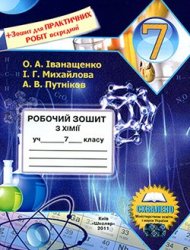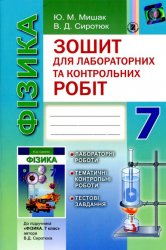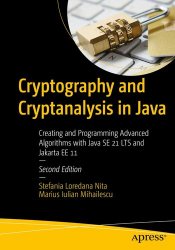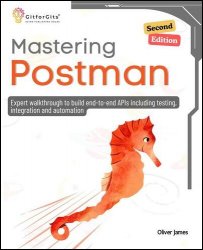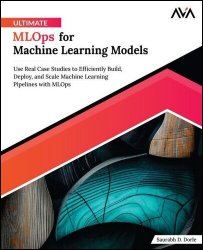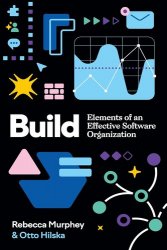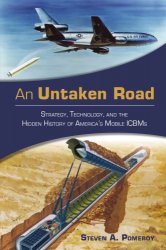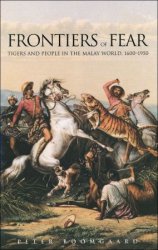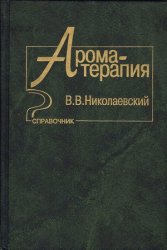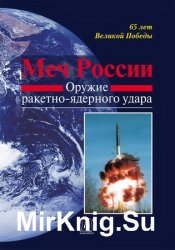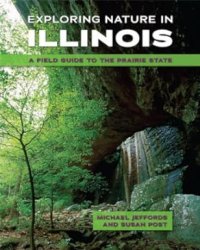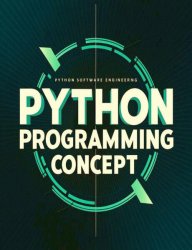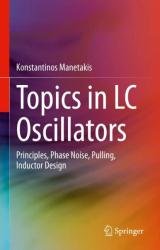 Название: Topics in LC Oscillators: Principles, Phase Noise, Pulling, Inductor Design
Название: Topics in LC Oscillators: Principles, Phase Noise, Pulling, Inductor DesignАвтор: Konstantinos Manetakis
Издательство: Springer
Год: 2023
Страниц: 180
Язык: английский
Формат: pdf (true), epub
Размер: 17.2 MB
This book introduces an intuitive, self-sustained oscillator model and applies it to describe some of the most critical performance metrics of LC oscillators, such as phase noise, entrainment, and pulling. It also covers the related topics of magnetic coupling and inductor design. The author emphasizes the basic principles and illuminates them with approximate calculations, adopting a design-oriented approach that imparts intuition and complements simulations. This book constitutes a novel and fresh perspective on the subject and can be helpful to electrical engineering students and practicing engineers. It also serves as a bridge between the mathematical treatises of the subject and the more practical circuit-oriented approaches.
In Chap. 1, we review the basics of linear oscillators. We build upon the fundamental model of the simple harmonic oscillator, introduce the concept of the phase plane, and extend the discussion to cover the damped harmonic oscillator and its energy. We subsequently present linear oscillator models and underline their shortcomings in describing practical oscillators that are inherently nonlinear.
The most fundamental oscillator model is the simple harmonic oscillator. This model applies to diverse physical systems such as the spring-mass system, the simple pendulum, the air mass in the neck of an open flask, an electric circuit containing capacitance and inductance, etc. The state of such systems when slightly perturbed from their equilibrium or rest position can be described under appropriate simplifications by the equation of simple harmonic motion.
In Chap. 2, we discuss self-sustained oscillators and highlight their primary future of possessing their own rhythm and oscillation amplitude, defined entirely by their internal properties. We introduce the paradigmatic self-sustained Van der Pol oscillator model, formulate the Van der Pol equation, and develop methods to obtain its solution. We close the chapter by demonstrating that the Vad der Pol oscillator can be used to model realistic oscillators and accurately predict the amplitude and frequency of oscillation.
Chapter 3 is an introduction to oscillator noise. We establish two different viewpoints connected by the fluctuation-dissipation theorem. We utilize both approaches to analyze stationary noise and derive Leeson’s formula for phase noise. In a related appendix, we apply the fluctuation approach to the case of amplitude noise and demonstrate that phase noise dominates oscillator noise.
In Chap. 4, we present the phase dynamics equation that governs the time evolution of the oscillator’s phase in the presence of disturbances. It models an oscillator as a phase point moving along the oscillator’s limit cycle, occasionally disturbed by noise. This approach describes the noise to phase noise conversion as a two-step process: noise translation from the oscillator harmonics to the oscillator carrier frequency and, subsequently, the conversion of the translated noise to phase noise. We demonstrate the effectiveness of this decomposition by applying it to model cyclo-stationary noise and accurately capture transconductor thermal noise.
Chapter 5 applies the phase dynamics equation to the case of low-frequency cyclostationary noise sources. We focus on transconductor flicker noise and supply/bias low-frequency noise and obtain expressions for the phase noise. Based on the analysis, we identify the vital role of the oscillator’s common-mode behavior in controlling the impact of low-frequency noise on phase noise. We close the chapter by discussing phase noise due to varactors.
In Chap. 6, we concentrate on oscillator entrainment. We demonstrate the versatility of the phase dynamics equation to describe injection locking, predict the locking range, and accurately model the oscillator’s complex motion when the injection signal is not strong enough to entrain it. We also utilize the phase dynamics equation to formulate Adler’s model for oscillator pulling. The rest of the chapter focuses on magnetic coupling and practical techniques to alleviate its influence.
In the final Chap. 7, we focus on the analysis and design of integrated inductors. We discuss methods to accurately estimate the inductance value and account for magnetic and electric loss mechanisms that hinder inductor performance. We build a simple inductor equivalent network to dimension the inductor structure before resorting to electromagnetic simulations.
Скачать Topics in LC Oscillators: Principles, Phase Noise, Pulling, Inductor Design
[related-news] [/related-news]
Комментарии 0
Комментариев пока нет. Стань первым!
